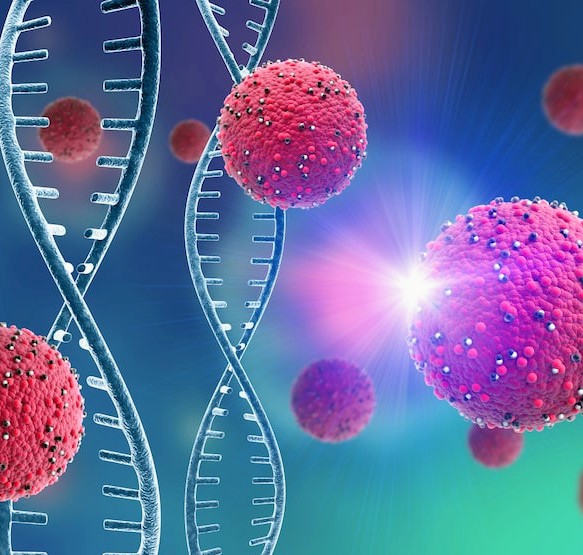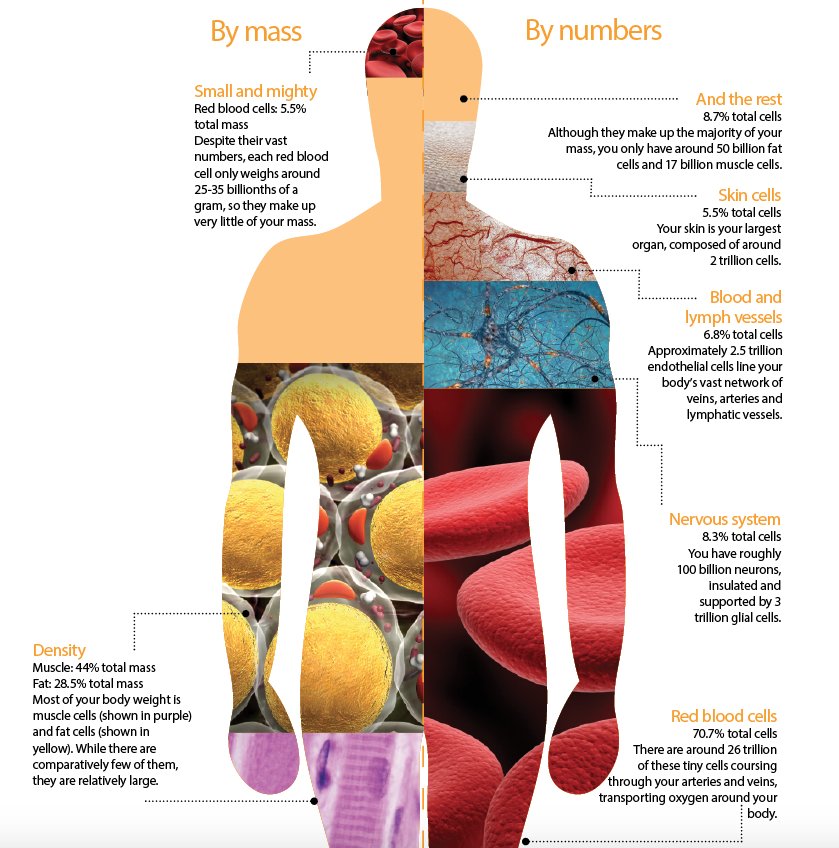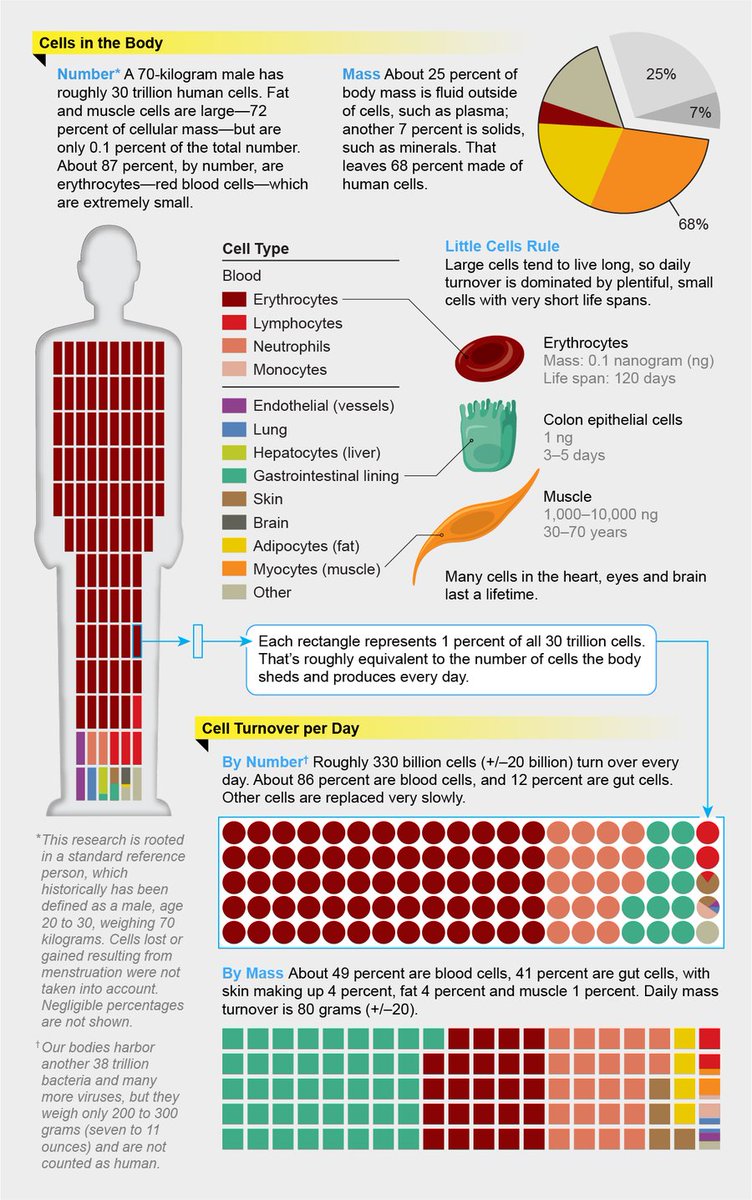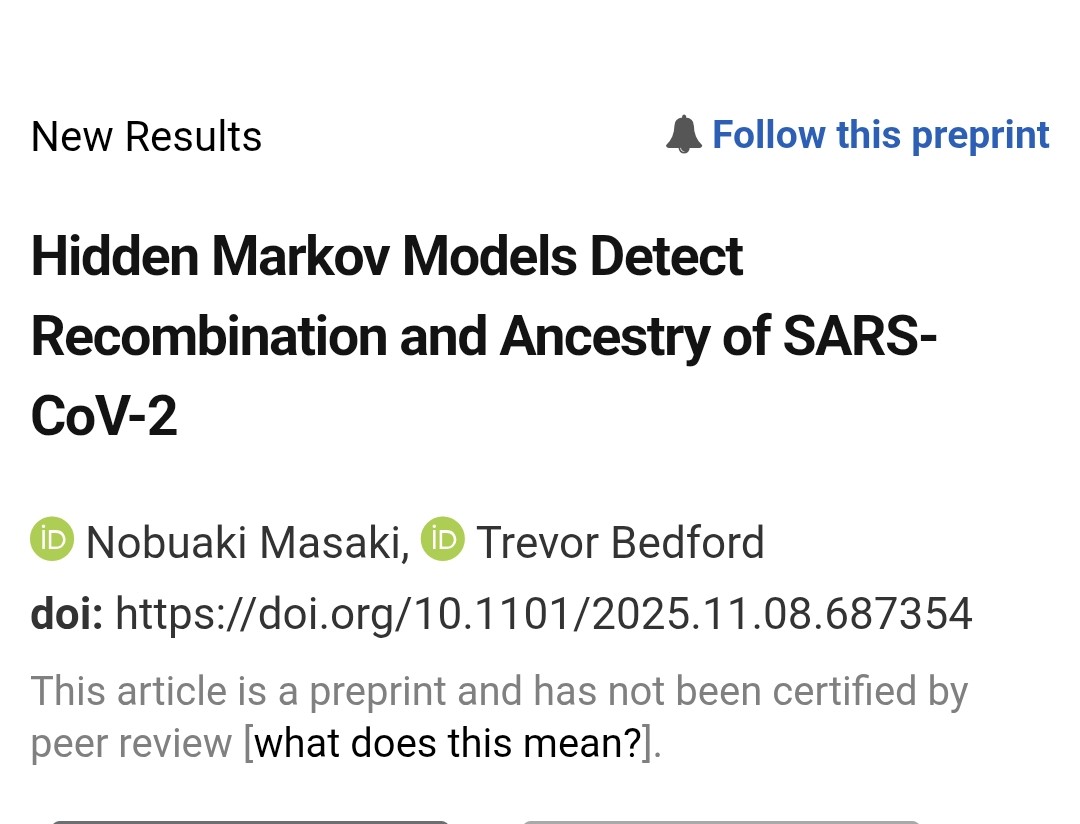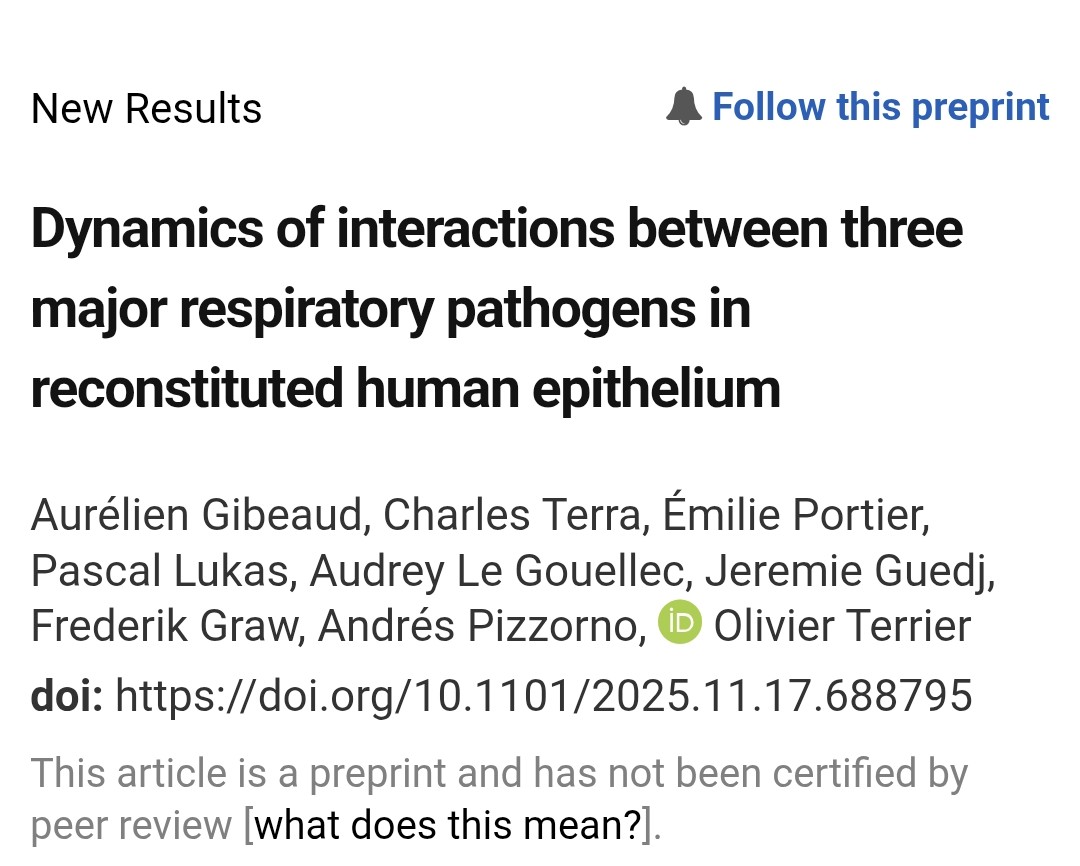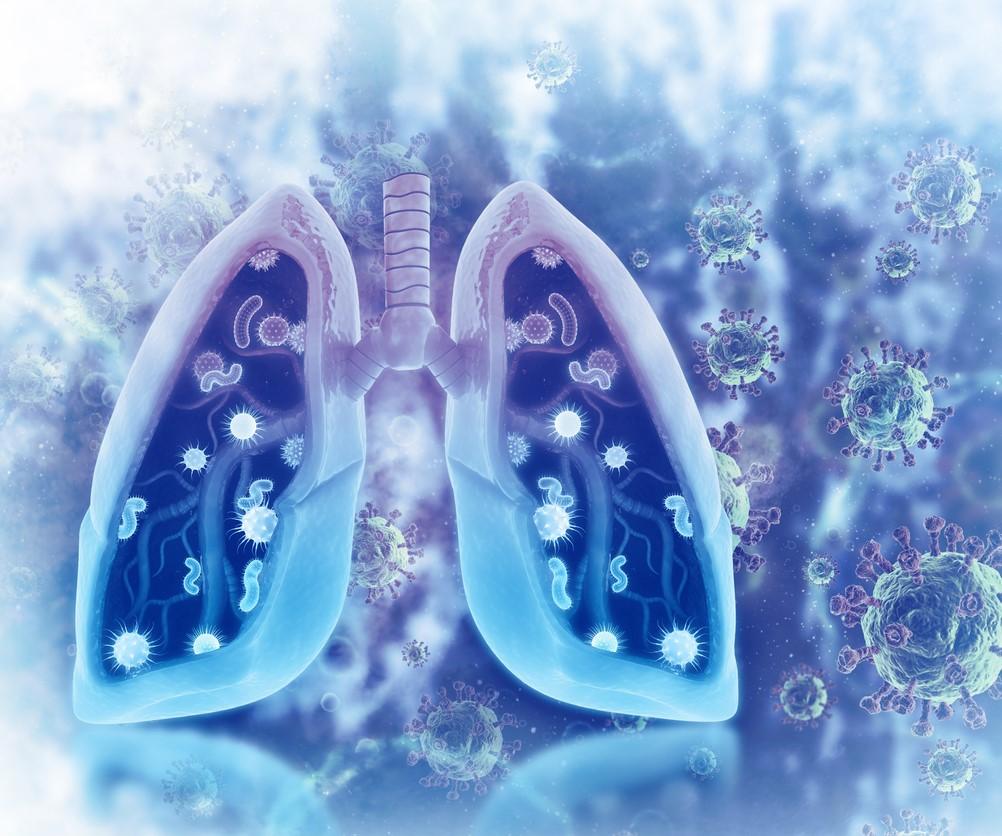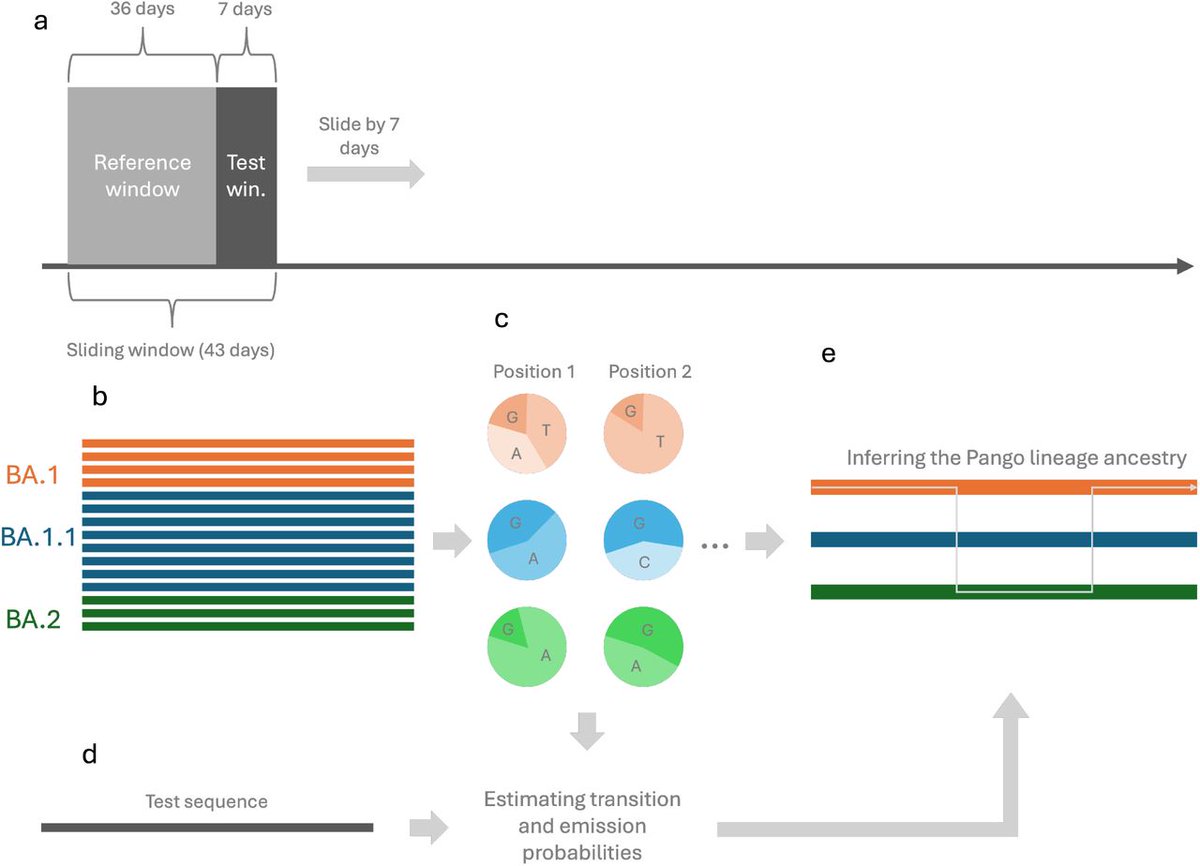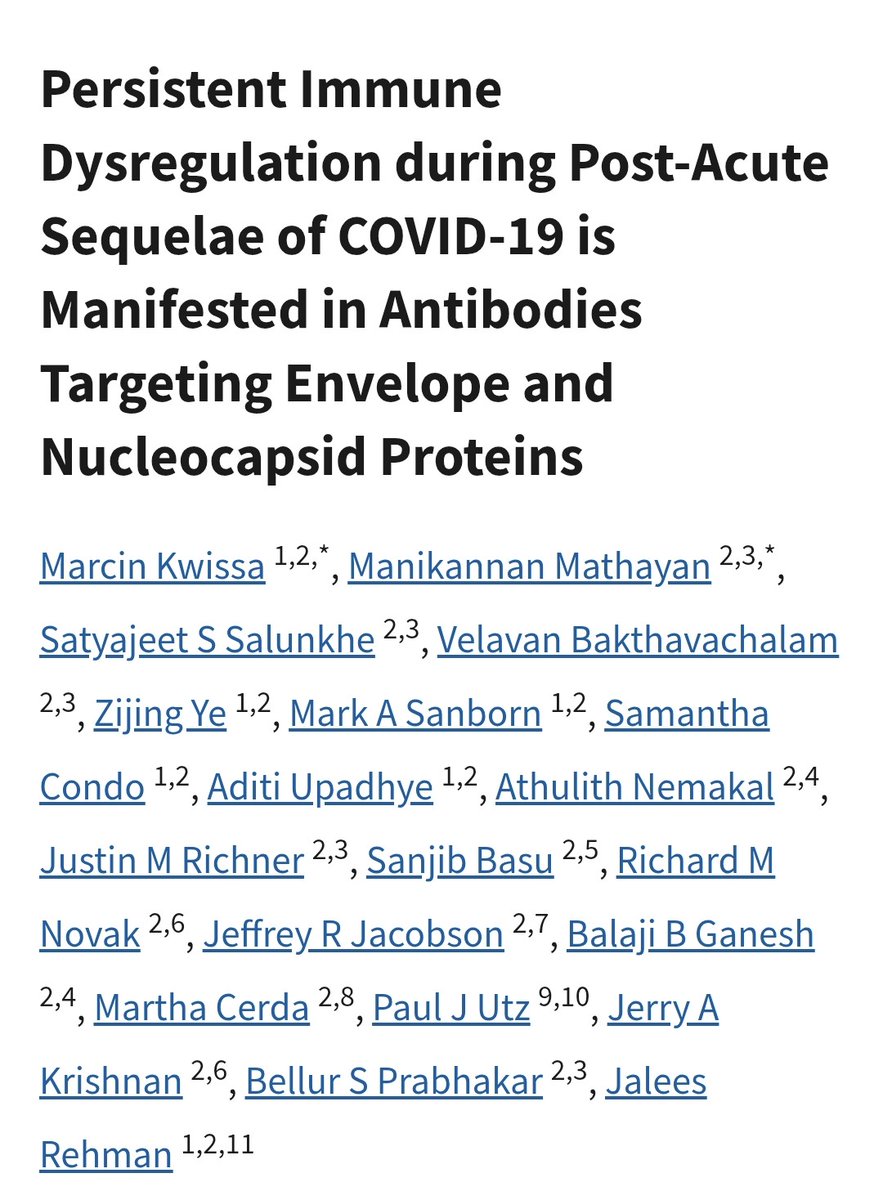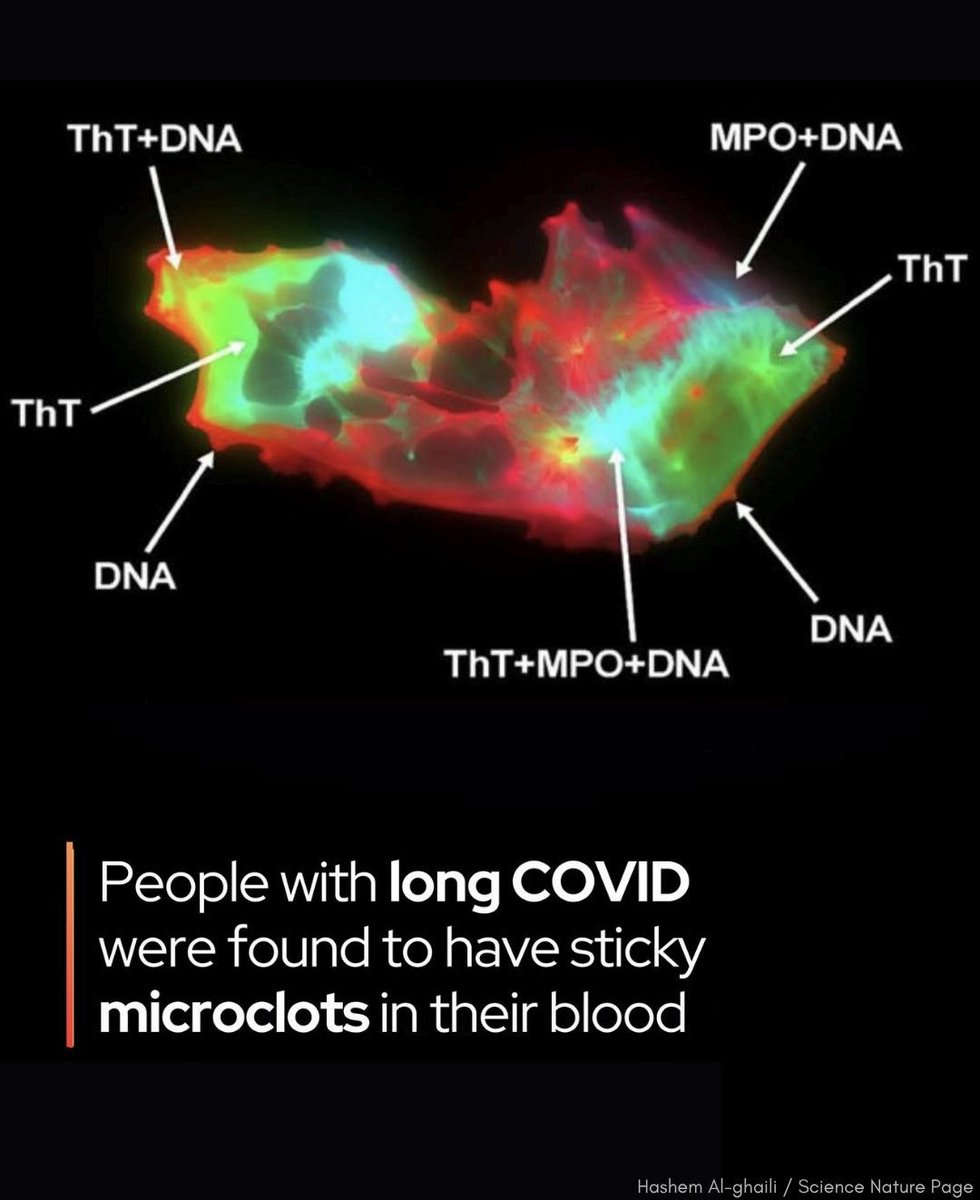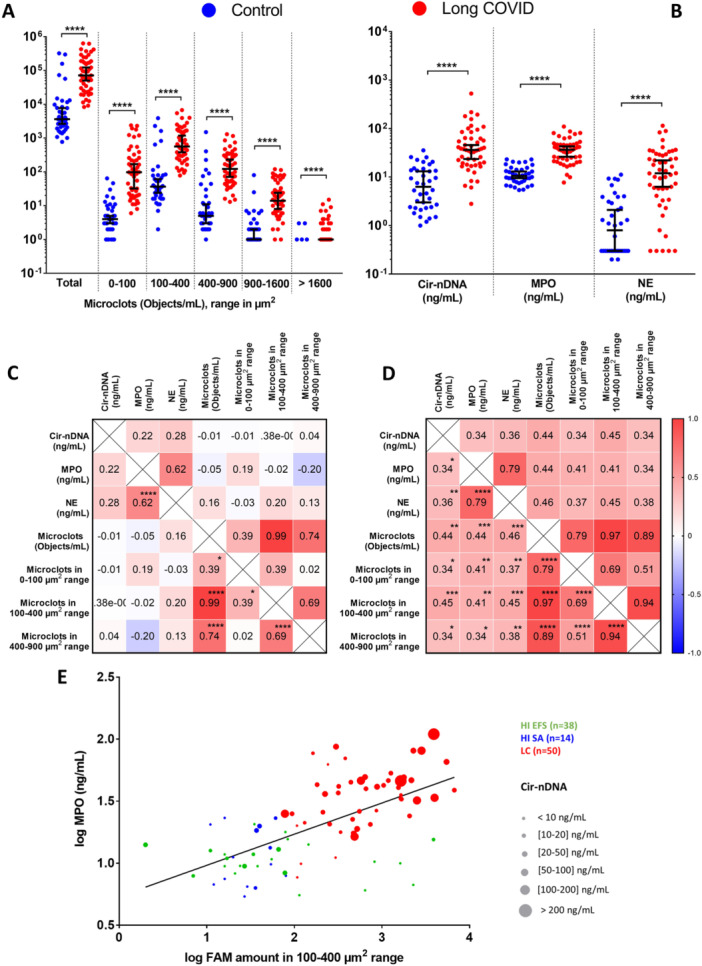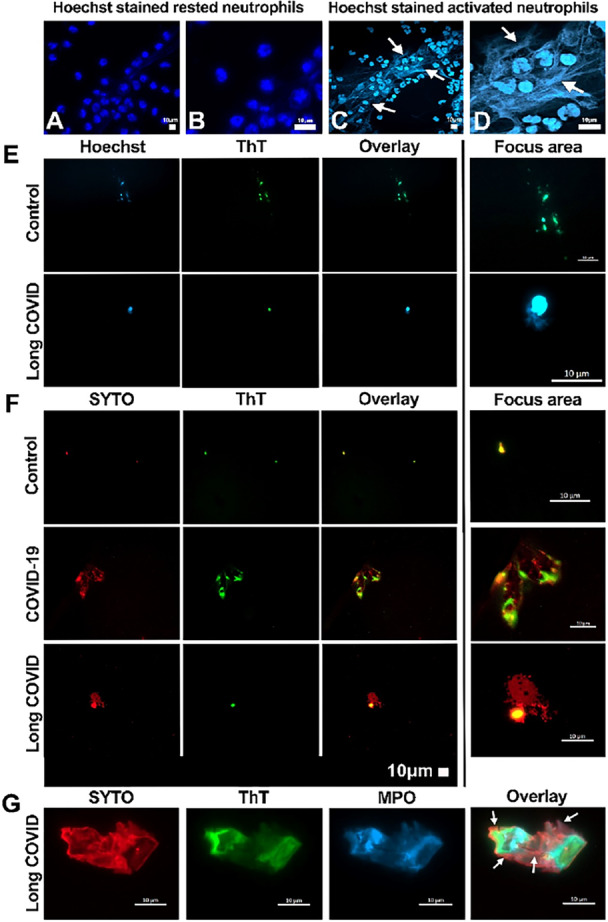𝙎𝘼𝙍𝙎-𝘾𝙊𝙑-2 :
𝙏𝙝𝙚 𝙜𝙧𝙚𝙖𝙩 𝘾𝙊𝙉𝙁𝙐𝙎𝙄𝙊𝙉 𝙗𝙚𝙩𝙬𝙚𝙚𝙣 𝙎𝙀𝘼𝙎𝙊𝙉𝘼𝙇, 𝘾𝙔𝘾𝙇𝙄𝘾 𝙖𝙣𝙙 𝙈𝙀𝙏𝙀𝙊𝙍𝙊𝙇𝙊𝙂𝙄𝘾𝘼𝙇 𝙛𝙖𝙘𝙩𝙤𝙧𝙨
(𝘮𝘦𝘨𝘢-𝘵𝘩𝘳𝘦𝘢𝘥 - 1𝘴𝘵 𝘱𝘢𝘳𝘵)
𝙏𝙝𝙚 𝙜𝙧𝙚𝙖𝙩 𝘾𝙊𝙉𝙁𝙐𝙎𝙄𝙊𝙉 𝙗𝙚𝙩𝙬𝙚𝙚𝙣 𝙎𝙀𝘼𝙎𝙊𝙉𝘼𝙇, 𝘾𝙔𝘾𝙇𝙄𝘾 𝙖𝙣𝙙 𝙈𝙀𝙏𝙀𝙊𝙍𝙊𝙇𝙊𝙂𝙄𝘾𝘼𝙇 𝙛𝙖𝙘𝙩𝙤𝙧𝙨
(𝘮𝘦𝘨𝘢-𝘵𝘩𝘳𝘦𝘢𝘥 - 1𝘴𝘵 𝘱𝘢𝘳𝘵)
2) SEASONAL DISEASES refer to illnesses or health conditions (flu, common cold, allergies...) that are more prevalent during SPECIFIC seasons of the year (usually winter or spring).
These diseases are influenced by environmental factors and the presence of seasonal pathogens.
These diseases are influenced by environmental factors and the presence of seasonal pathogens.

4) COVID-19 is a PANDEMIC and CYCLIC disease.
Pandemic, as it has spread globally and continues to affect populations worldwide.
Cyclic, because it appeared on average every 3/4 months which could give the false impression that it followed the seasons.
Pandemic, as it has spread globally and continues to affect populations worldwide.
Cyclic, because it appeared on average every 3/4 months which could give the false impression that it followed the seasons.

5) Like any rule there are exceptions, with cycles which have not taken place in some countries, with generally a more intense cycle afterwards.
Contrary to what some say, they are not linked exclusively ...
Contrary to what some say, they are not linked exclusively ...

6) ... to the emergence of new variants, as we have shown for the US 👇
There is a combination of factors, new variants, waning immunity / increase in nb of susceptible people, population movements and changes in modes of transmission (vacations, school breaks, etc.) ...
There is a combination of factors, new variants, waning immunity / increase in nb of susceptible people, population movements and changes in modes of transmission (vacations, school breaks, etc.) ...

7) What is the contribution of meteorological factors (temperature, humidity) to these cycles?
In less than a month, there have been 3 fascinating studies on this subject which we will develop in a 2nd part, far from clichés or abusive simplifications 😊
In less than a month, there have been 3 fascinating studies on this subject which we will develop in a 2nd part, far from clichés or abusive simplifications 😊
8) METEOROLOGICAL FACTORS
(2𝘯𝘥 𝘱𝘢𝘳𝘵)
1st study :
"A mixture of mobility and meteorological data provides a high correlation with COVID-19 growth in an infection-naive population: a study for Spanish provinces"
frontiersin.org/journals/publi…

(2𝘯𝘥 𝘱𝘢𝘳𝘵)
1st study :
"A mixture of mobility and meteorological data provides a high correlation with COVID-19 growth in an infection-naive population: a study for Spanish provinces"
frontiersin.org/journals/publi…

9) Analysis of Spanish COVID-19 data reveals high correlations between growth rate and principal components of mobility and meteorological data, with mobility playing a larger role. Correlations are maximal at 2-3 week time lags, consistent with delays between infection ... 

10) ... symptom onset, and case reporting. Combining mobility and meteorological data improves explanatory power compared to either alone.
2nd study :
COVID-19 dynamics in Hiroshima, Japan, and its association with meteorological factors over 3.5 years.
cureus.com/articles/24332…

2nd study :
COVID-19 dynamics in Hiroshima, Japan, and its association with meteorological factors over 3.5 years.
cureus.com/articles/24332…

11) Wind speed showed the strongest correlation with COVID-19 metrics. SARS-CoV-2 variant distributions, with Alpha, Delta, and Omicron predominant, were also linked to meteorological factors. 

12) The findings highlight the role of environmental factors in shaping pandemic outcomes and underscore the need for integrated surveillance approaches to mitigate future outbreaks. 

14) Maybe the most interesting one to end :
"Non-linear effects of meteorological factors on COVID-19: An analysis of 440 counties in the americas"
cell.com/heliyon/fullte…

"Non-linear effects of meteorological factors on COVID-19: An analysis of 440 counties in the americas"
cell.com/heliyon/fullte…

15) This study analyzed the non-linear effects of meteorological factors (temperature, humidity, solar radiation, surface pressure, precipitation, wind speed) on COVID-19 transmission across 440 counties in the Americas from 2020-2021. The results showed ... 

16) - Temperature had a positive correlation below 5°C and above 23°C, and a negative correlation between 5-23°C.
- Relative humidity and solar radiation exhibited significant negative correlations, with a rapid decrease in daily new cases above 74% humidity and ...
- Relative humidity and solar radiation exhibited significant negative correlations, with a rapid decrease in daily new cases above 74% humidity and ...

17) ...750 kJ/m2 solar radiation.
• Surface pressure showed an inverse relationship at 0-10 and 15-21 day lags.
• Precipitation had no significant association。
• Wind speed had a slightly higher infection risk under low (0-2 m/s) and high (10 day lag) conditions.
• Surface pressure showed an inverse relationship at 0-10 and 15-21 day lags.
• Precipitation had no significant association。
• Wind speed had a slightly higher infection risk under low (0-2 m/s) and high (10 day lag) conditions.

18) The study provides important insights into the complex, non-linear relationships between meteorological factors and COVID-19 transmission, highlighting the need for regional and latitudinal considerations in understanding pandemic dynamics.
Thanks and nice weather to you 😊
Thanks and nice weather to you 😊

• • •
Missing some Tweet in this thread? You can try to
force a refresh



